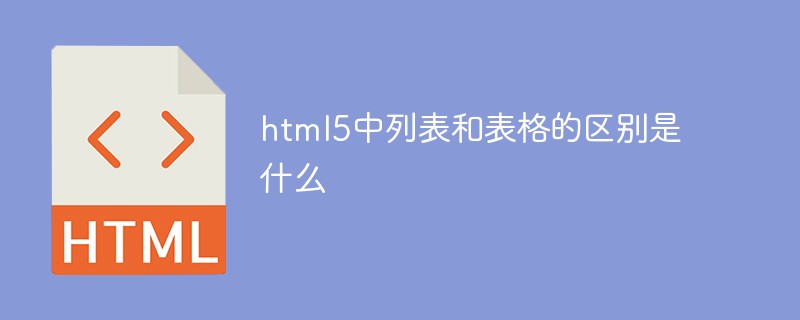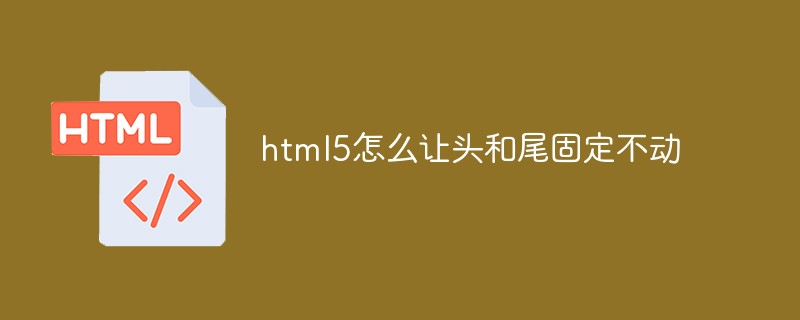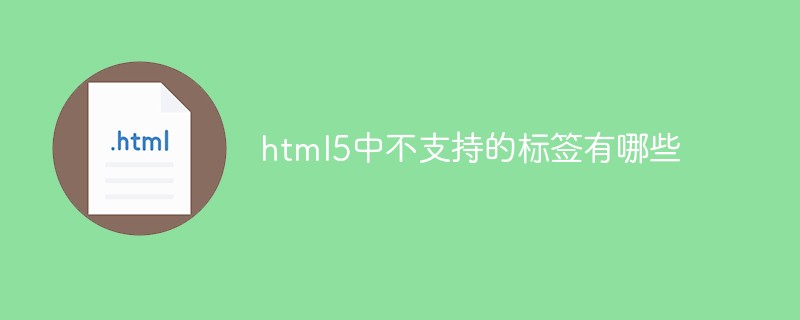Have you ever played scratch cards? The kind where you can win a prize by accident. Today I will share with you a scratch card effect based on HTML5 technology. On PC, you only need to hold down the mouse. On mobile phones, you only need to hold down your finger and gently scrape off the layer to simulate the real scratch effect.

Source code download: Click to download
We use the HTML5 Canvas, combined with the API it provides, to draw a gray mask layer on the Canvas element, and then draw a transparent graphic by detecting the user's mouse movement and gestures, so that you can see the Canvas background Real pictures can achieve the scratch card effect.
HTML
We only need to add the canvas tag element to the page, and the rest depends on JavaScript. Note that the canvas element is an element unique to HTML5 and runs on modern browsers that support HTML5.
Javascript
First of all, we need to disable the mouse selection and drag event of the page, that is, not to execute the selection operation.
var bodyStyle = document.body.style;
bodyStyle.mozUserSelect = 'none';
bodyStyle.webkitUserSelect = 'none';
Then we define the image class, get the canvas element, and set the background and position attributes. We use two random photos in this example, and refresh a random photo as the background each time.
var img = new Image();
var canvas = document.querySelector('canvas');
canvas.style.backgroundColor='transparent';
canvas.style.position = 'absolute';
var imgs = ['p_0. jpg','p_1.jpg'];
var num = Math.floor(Math.random()*2);
img.src = imgs[num];
Then enter the main body. When it is detected that the image is loaded, first define some properties and functions. The function layer() is used to draw a gray square. eventDown() defines the press event. eventUp() defines the release event. eventMove () defines the movement event, in which when pressed, the coordinate displacement is obtained and the small dot is drawn through arc(x, y, 10, 0, Math.PI * 2).
img.addEventListener('load', function (e) {
var ctx;
var w = img.width,
h = img.height;
var offsetX = canvas.offsetLeft,
offsetY = canvas.offsetTop;
var mousedown = false;
function layer(ctx) {
ctx.fillStyle = 'gray';
ctx.fillRect(0, 0, w, h);
}
function eventDown(e){
e.preventDefault();
mousedown=true;
}
function eventUp(e){
e.preventDefault( );
mousedown=false;
}
function eventMove(e){
e.preventDefault();
if(mousedown) {
if(e.changedTouches ){
e=e.changedTouches[e.changedTouches.length-1];
}
var x = (e.clientX document.body.scrollLeft || e.pageX) - offsetX || 0 ,
y = (e.clientY document.body.scrollTop || e.pageY) - offsetY || 0;
with(ctx) {
beginPath()
arc(x, y, 10, 0, Math.PI * 2);//Draw the dot
fill();
}
}
}
//...
} );
Finally, call the above functions through canvas, draw graphics, listen for touch and mouse events, and call the corresponding functions. Please see the code:
img.addEventListener('load', function(e) {
//..Continued from the previous code
canvas.width=w;
canvas.height=h;
canvas.style.backgroundImage='url(' img.src ')';
ctx=canvas.getContext('2d');
ctx.fillStyle='transparent';
ctx.fillRect(0 , 0, w, h);//Draw a rectangle
layer(ctx);
ctx.globalCompositeOperation = 'destination-out';
canvas.addEventListener('touchstart', eventDown);
canvas.addEventListener('touchend', eventUp);
canvas.addEventListener('touchmove', eventMove);
canvas.addEventListener('mousedown', eventDown);
canvas. addEventListener('mouseup', eventUp);
canvas.addEventListener('mousemove', eventMove);
You can download the complete code in the DEMO, and you can combine it with the background according to actual needs Program and database to complete a real scratch card program .
 html5的div一行可以放两个吗Apr 25, 2022 pm 05:32 PM
html5的div一行可以放两个吗Apr 25, 2022 pm 05:32 PMhtml5的div元素默认一行不可以放两个。div是一个块级元素,一个元素会独占一行,两个div默认无法在同一行显示;但可以通过给div元素添加“display:inline;”样式,将其转为行内元素,就可以实现多个div在同一行显示了。
 html5中列表和表格的区别是什么Apr 28, 2022 pm 01:58 PM
html5中列表和表格的区别是什么Apr 28, 2022 pm 01:58 PMhtml5中列表和表格的区别:1、表格主要是用于显示数据的,而列表主要是用于给数据进行布局;2、表格是使用table标签配合tr、td、th等标签进行定义的,列表是利用li标签配合ol、ul等标签进行定义的。
 html5怎么让头和尾固定不动Apr 25, 2022 pm 02:30 PM
html5怎么让头和尾固定不动Apr 25, 2022 pm 02:30 PM固定方法:1、使用header标签定义文档头部内容,并添加“position:fixed;top:0;”样式让其固定不动;2、使用footer标签定义尾部内容,并添加“position: fixed;bottom: 0;”样式让其固定不动。
 HTML5中画布标签是什么May 18, 2022 pm 04:55 PM
HTML5中画布标签是什么May 18, 2022 pm 04:55 PMHTML5中画布标签是“<canvas>”。canvas标签用于图形的绘制,它只是一个矩形的图形容器,绘制图形必须通过脚本(通常是JavaScript)来完成;开发者可利用多种js方法来在canvas中绘制路径、盒、圆、字符以及添加图像等。
 html5中不支持的标签有哪些Mar 17, 2022 pm 05:43 PM
html5中不支持的标签有哪些Mar 17, 2022 pm 05:43 PMhtml5中不支持的标签有:1、acronym,用于定义首字母缩写,可用abbr替代;2、basefont,可利用css样式替代;3、applet,可用object替代;4、dir,定义目录列表,可用ul替代;5、big,定义大号文本等等。
 html5废弃了哪个列表标签Jun 01, 2022 pm 06:32 PM
html5废弃了哪个列表标签Jun 01, 2022 pm 06:32 PMhtml5废弃了dir列表标签。dir标签被用来定义目录列表,一般和li标签配合使用,在dir标签对中通过li标签来设置列表项,语法“<dir><li>列表项值</li>...</dir>”。HTML5已经不支持dir,可使用ul标签取代。
 Html5怎么取消td边框May 18, 2022 pm 06:57 PM
Html5怎么取消td边框May 18, 2022 pm 06:57 PM3种取消方法:1、给td元素添加“border:none”无边框样式即可,语法“td{border:none}”。2、给td元素添加“border:0”样式,语法“td{border:0;}”,将td边框的宽度设置为0即可。3、给td元素添加“border:transparent”样式,语法“td{border:transparent;}”,将td边框的颜色设置为透明即可。
 html5是什么意思Apr 26, 2021 pm 03:02 PM
html5是什么意思Apr 26, 2021 pm 03:02 PMhtml5是指超文本标记语言(HTML)的第五次重大修改,即第5代HTML。HTML5是Web中核心语言HTML的规范,用户使用任何手段进行网页浏览时看到的内容原本都是HTML格式的,在浏览器中通过一些技术处理将其转换成为了可识别的信息。HTML5由不同的技术构成,其在互联网中得到了非常广泛的应用,提供更多增强网络应用的标准机。


Hot AI Tools

Undresser.AI Undress
AI-powered app for creating realistic nude photos

AI Clothes Remover
Online AI tool for removing clothes from photos.

Undress AI Tool
Undress images for free

Clothoff.io
AI clothes remover

AI Hentai Generator
Generate AI Hentai for free.

Hot Article

Hot Tools

EditPlus Chinese cracked version
Small size, syntax highlighting, does not support code prompt function

Safe Exam Browser
Safe Exam Browser is a secure browser environment for taking online exams securely. This software turns any computer into a secure workstation. It controls access to any utility and prevents students from using unauthorized resources.

SAP NetWeaver Server Adapter for Eclipse
Integrate Eclipse with SAP NetWeaver application server.

ZendStudio 13.5.1 Mac
Powerful PHP integrated development environment

VSCode Windows 64-bit Download
A free and powerful IDE editor launched by Microsoft






